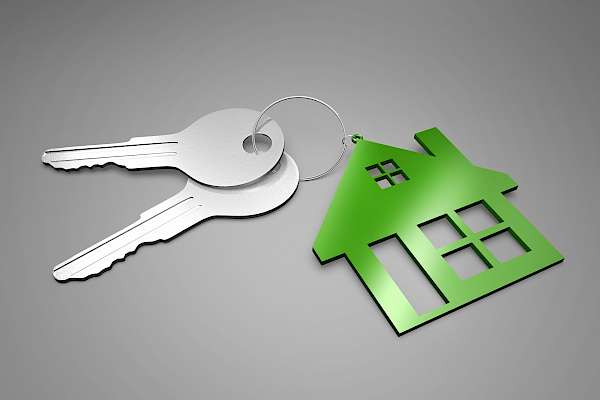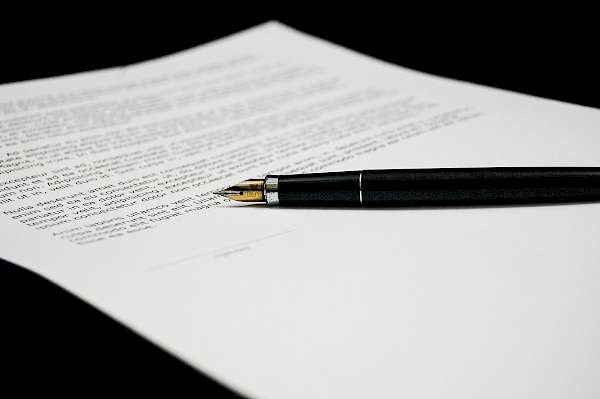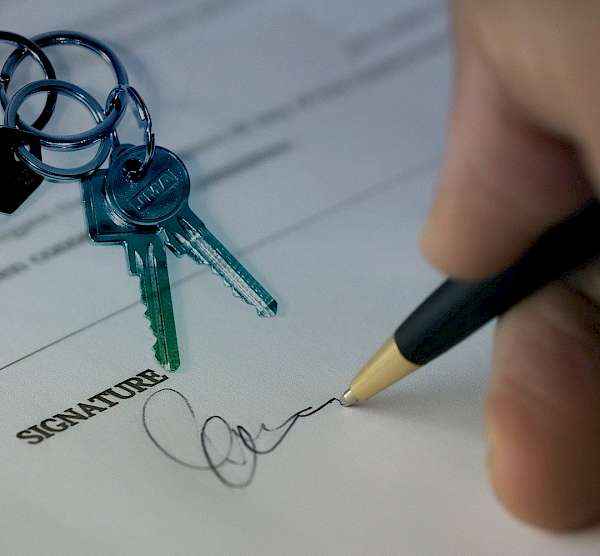Whilst our primary clients are the landlords, at d and h we strive to provide a friendly and professional service to both our landlord clients and tenants. We treat everyone equally and offer both parties the same level of high service in order to establish an excellent relationship between landlords and tenants.
Our Property Manager, Shirley Ann Burgess, is experienced in residential leasing and management with a Level 6 award in Residential Letting and Property Management (Scotland).
At d and h there are no hidden tenant application fees and we operate in accordance with the requirements set out by the Letting Agent Code of Practice. The only charges that would be collected from a tenant would be the initial rental payment and a deposit equivalent to no more than 2 months rent.
Our professional and qualified leasing team are on hand to answer any questions you may have regarding the leasing process to make things as straight forward and transparent as possible.
 Jump to section:
Jump to section:
Enquiries / Viewings
Marketing particulars which include general property information, photographs and floor plans for all our available properties can be viewed on our website. If you have any questions regarding a specific property or would like to arrange a viewing please contact our leasing team on 01856 872 216 or [email protected]
References
 Properties are not allocated on a first come first served basis and all applicants will need to undergo referencing to ensure their suitability for the property. You will be required to complete a tenancy application form through d and h and if selected as the preferred applicant will then be required to complete a third party referencing process. These will include a credit check, employment / income verification and previous landlord references, as applicable.
Properties are not allocated on a first come first served basis and all applicants will need to undergo referencing to ensure their suitability for the property. You will be required to complete a tenancy application form through d and h and if selected as the preferred applicant will then be required to complete a third party referencing process. These will include a credit check, employment / income verification and previous landlord references, as applicable.
Once the third party references have been received they will be forwarded to the Landlord for their consideration. The decision as to whether references are acceptable or not is at the sole discretion of the Landlord.
There is no cost to the tenant for completing the tenancy application form or third party referencing. In accordance with the Letting Agent Code of Practice, prospective tenants will not have to pay any fees to d and h other than the initial rental payment and up to 2 months deposit on being offered a tenancy agreement.
Rent
Rent is typically paid monthly in advance and you will be required to pay your first month’s rent prior to the tenancy starting. Rent must be paid in full by the due date each month and failure to maintain rental payments will put you at risk of being evicted from the property.
The landlord can only increase the rent once in every 12 month period and must give the tenant at least 3 months prior written notice.
Deposit
In addition to the initial rental payment you will also be required to pay a deposit to be held for the duration of the tenancy. The deposit amount will be agreed with the landlord but will typically be a minimum of 1 month’s rent up to a maximum of 2 month’s rent, subject to references.
In accordance with deposit regulations, it must be lodged and protected with an approved tenancy deposit scheme within 30 working days of the tenancy commencing. Once your deposit is lodged you will receive confirmation for the selected deposit scheme and you can take comfort from knowing your deposit is protected.
At the end of the tenancy the landlord and tenant will agree the amount to be returned and initiate the return through the relevant deposit scheme. Typical items that result in tenants not receiving their full deposit back include: damage to the property, cleaning bills, unpaid utility bills and unpaid rent. If the tenant has met all their obligations under the tenancy agreement then the deposit will be returned in full.
In the unlikely event of a deposit dispute the approved deposit schemes have adjudicators that will review the evidence submitted and determine the outcome which is binding on both parties.
Tenancy Agreement
 As of 1st December 2017, every new tenancy will be a Private Residential Tenancy so long as:
As of 1st December 2017, every new tenancy will be a Private Residential Tenancy so long as:
- The tenant lives in it as their only or main home
- The property is let to a person as a separate dwelling
- The letting is not excluded under Schedule 1 of the Private Housing (Tenancies) Act.
A Private Residential Tenancy is open-ended and lasts until the tenant wishes to leave the property or the landlord uses one (or more) of the 18 grounds for eviction.
A tenant can initiate ending a Private Residential Tenancy and are required to give the landlord at least 28 days prior written notice. The notice period begins on the date the notice is received by the landlord and should be served in accordance with the terms of the tenancy agreement.
The Private Residential Tenancy Agreement is a legally binding document with requirements placed on both the landlord and tenant. At the end of the tenancy the tenant must ensure all their requirements have been fulfilled and the property is left in a condition that reflects their obligations under the terms of the tenancy agreement.
The landlord can bring a Private Residential Tenancy agreement to an end by using at least 1 of the 18 grounds for eviction. The notice period required varies depending on the eviction ground used, however, the minimum notice period is 28 days with up to 84 days notice required in some circumstances.
Report a Non-Emergency Repair
If d and h manage your property all non-emergency repairs should be reported through the below form and will be dealt with during office hours in accordance with our target timescales. Further information can be found in our Repairs & Maintenance Procedures guide provided to you as part of the Property Information Pack. Where d and h do not manage your property you will need to contact your landlord directly.
Where necessary, we will visit the property as soon as is reasonably practicable to assess the problem reported and determine the action required. We will then organise repairs to the property if authorised to do so by the landlord. We, or a contractor engaged by us, will contact the tenant to arrange access to carry out the remedial work.
Unless the tenant has a prior written agreement to do so with the landlord, tenants must not arrange for repairs to be carried out themselves.
Emergency Repairs
If a serious fault occurs outside normal working hours, and it isn’t safe to wait until the next working day to report it, you should report the issue immediately to the relevant approved emergency contractor. For d and h managed properties please refer to the repair & maintenance procedure, found within the property information pack provided at the start of the tenancy, for the relevant contact details. Where d and h do not manage the property you will need to contact your landlord directly.
Emergency repairs are those where:-
- there is a serious and imminent risk to health and safety; and/or
- there is a serious and imminent risk to the structure of the building; and/or
- there is a serious and imminent risk to the security of the property.
You should contact us as soon as the office re-opens to inform us of the emergency, what action you took, and whether any follow up work is required. Our contractors will only carry out emergency work if it is deemed an emergency. If a contractor is called out for a non-emergency the tenant will be responsible for all associated charges.
If you require any assistance regarding a proposed or existing tenancy please contact us on 01856 872 216 or email [email protected]